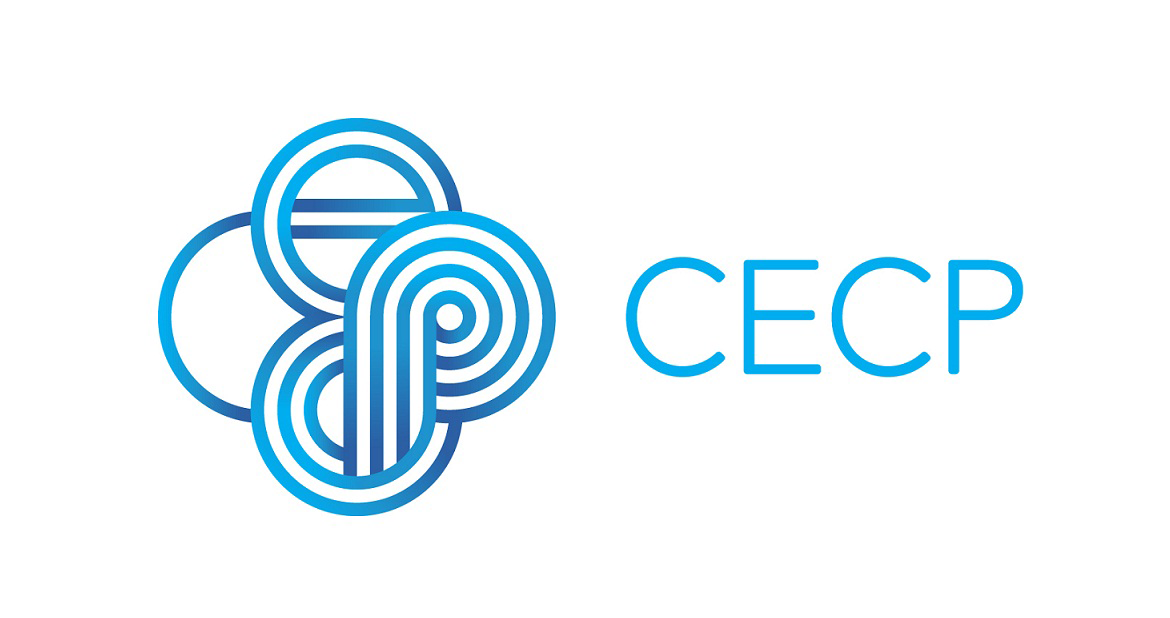Corporate Giving Restored Since Pre-Global Recession; Non-Cash Contributions Dominate
CECP, in association with The Conference Board, releases Giving in Numbers: 2013 Edition, a robust analysis of corporate giving patterns

September 16, 2013 /3BL Media/ - Despite the continued impact of the global recession on businesses, 59 percent of companies, many without waiting for their own profits to recover, recommitted to their communities by giving more to charity in 2012 than they did in 2007, before the recession took hold. This finding headlines Giving in Numbers: 2013 Edition, released today by CECP in association with The Conference Board. The report, available at no cost, is the leading annual analysis of corporate giving patterns. These commitments by companies also became more focused on specific program areas, leading with K-12 and higher education, and innovative, relying more on non-cash contributions such as products and skills, all signaling their desire for greater and longer-term societal impact through their investments.
”The world’s largest companies saw that societal investments were a way to help with recovery, not only for their communities, but also for the companies themselves,” said Daryl Brewster, CEO, CECP. “Fortune 500 companies know how intertwined they are with the communities around them; healthy companies need healthy communities. Even when times were tough for these companies, they understood that it was part of the path to recovery to continue to stand alongside their community partners.” This year’s Giving in Numbers represents trends drawing on data from a record 240 companies—including 60 of the top 100 companies in the Fortune 500—and reported more than $20 billion in total contributions in 2012. “Companies are looking deeper into their core strategies and across business units to determine the most strategic ways to invest in addressing societal challenges,” said Jonathan Spector, President and CEO, The Conference Board. “The benefit behind companies being a better community partner is that these societal solutions also solve core business challenges, simultaneously. From engaged employees to more efficient use of surplus products, benefits are streaming both ways.” Key findings include: Corporate Societal Giving Showed Considerable Growth (pages 9-11)- Total giving increased for 59% of companies from 2007 to 2012, with 38 percent of all companies increasing their giving by 25 percent or more.
- Aggregate corporate giving rose by 42% ($4.48 billion) from 2007 to 2012 in inflation-adjusted dollars.
- Of companies that provided non-cash support in 2007, the median percentage change in non-cash contributions was +38% in 2012.
- Non-cash support includes product donations and other in-kind resources, such as excess inventory, pro bono service, use of company facilities, intellectual property, land, and other asset donations.
- For the first time since Giving in Numbers was first released in 2006, giving to higher education and K–12 education combined to become the top program area for all companies, representing 29% of the typical company’s programmatic allocation.
- Since 2007, the percentage of companies offering Paid-Release-Time volunteer programs increased from 53% to 70% in 2012.
- Matching-gift programs evolved and disaster relief matching-gift programs became more popular from 2007 to 2012.
- Forty percent of companies expect giving to increase from 2012 to 2013, while 18% expect a giving reduction. Forty two percent of companies expect no change in giving levels from 2012 to 2013.

